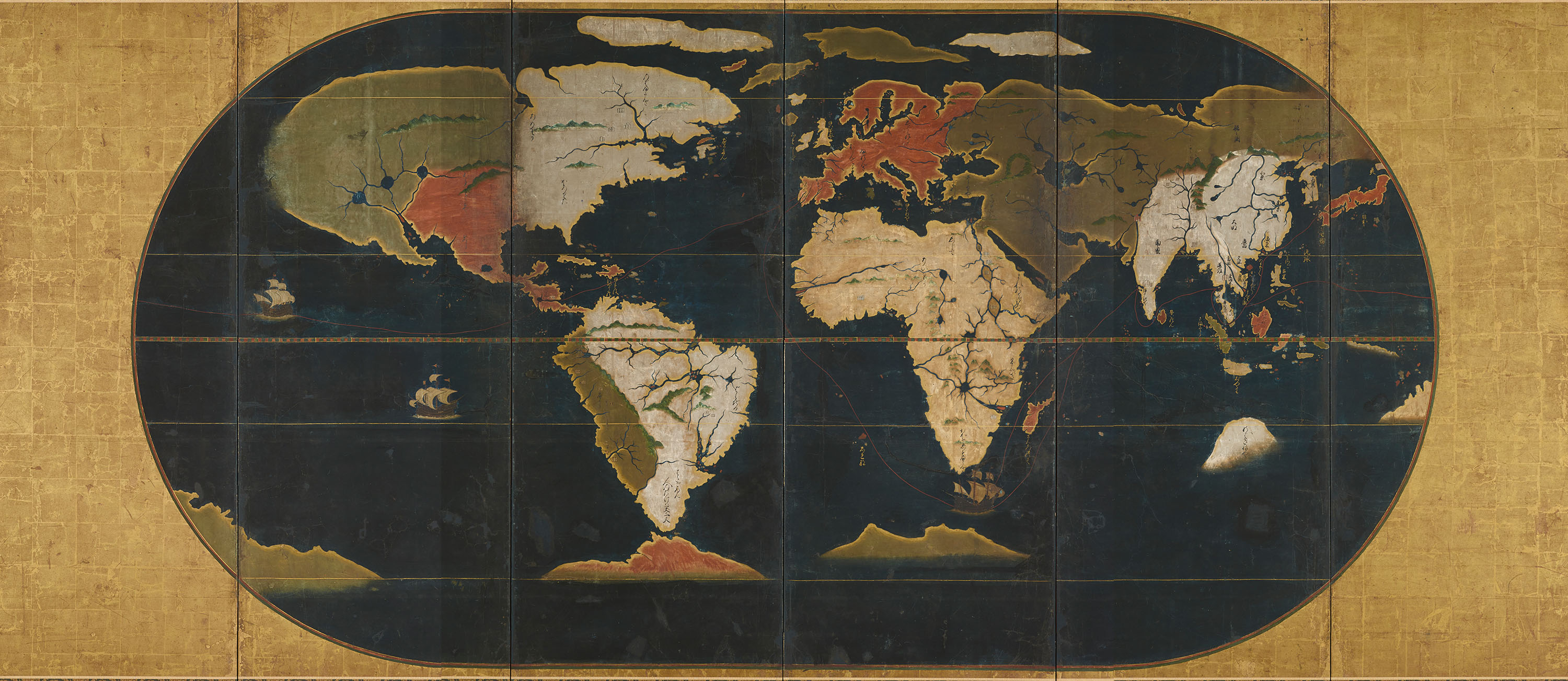History is littered with grand projects and dashed expectations that are no less intriguing than its moments of triumph and heroism. A large portrait in oils of a splendidly attired, mid-ranking samurai posing regally in a Roman palace in the early 1600s bears witness to one such episode.
In 1613, the same year that the British East India Company's ship, the Clove, arrived in south-western Japan, a galleon carrying an embassy of Japanese left from the northeast in the opposite direction. This was not the first delegation sent from Japan to Europe; in 1582, four teenage boys were sent by three Christian daimyo of Kyushu to pay their respects to the Spanish king and the pope.
However, orchestrated by daimyo Date Masamune (1567-1636) and backed by retired shogun Tokugawa Ieyasu (1592-1616), the 1613 voyage is considered to be Japan's first official embassy to Europe. The delegation's mission was to obtain permission from King Philip III of Spain and Pope Paul V to trade with Nueva España (colonial Mexico), and request more Christian missionaries. Masamune, who eliminated his younger brother, conquered his relatives' lands and is rumored to have gouged out his own eye, possibly also saw an opportunity to acquire Western military technology.



